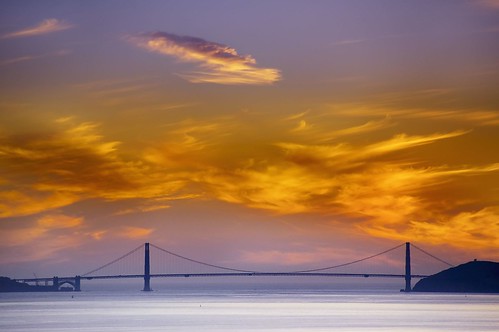Landscape photographers know that there is nothing more important than light. Learning to pay attention to light is a major job requirement. Tracking the sun is part of this job. That’s easy you say, the sun rises in the east and sets in the west. Well, no.
To quote the loquacious cob in E.B. White’s The Trumpet of the Swan:
There are all those in-between directions: north-northeast, east southest, west-southwest. There’s north by east, and east by north. There’s south-southeast a half east and there’s west by north a half north.
Taking sunset, the point at which the sun hits the western horizon varies from north to south, from summer solstice (north) to winter solstice (south). I suppose this is probably reversed if you are on the opposite hemisphere of the earth (I’d like to hear from someone who can confirm this). At the equinoxes, the sun would be about smack dab in the middle of its setting range north to south along the western horizon. The extent of the north to south range, and the daily difference between setting points, is determined by latitude (how far north or south you are).
Photographs of sunset behind the Golden Gate are usually better when the sun is behind (or not that far from either side) of the bridge. This happens twice a year during the annual migration of sunset points, roughly speaking in November and February. Since I enjoy photographing the Golden Gate over time, it’s important to me to keep track of the sun in relation to the bridge. (A book of my photos of the Golden Gate, 100 Views of the Golden Gate , will be appearing in 2008.)
The photo above was taken in early February of 2006. The sun was setting just to the right of the bridge, as you can see in this photo earlier in the same set of captures.

Pingback: Photoblog 2.0: » Photoblog 2.0 Archive: » Incoming Storm
Pingback: Photoblog 2.0: » Photoblog 2.0 Archive: » Golden Gate from Point Bonita